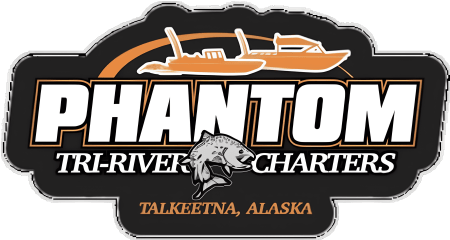What Is A Salmon Run? Explained
 What Is A Salmon Run? Explained
What Is A Salmon Run? Explained
A salmon run is an annual event where salmon jump up rivers to spawn their offspring. These fish are a major part of the Pacific ecosystem and are important food sources for a number of wildlife species, including bears, eagles, and wolves. You might see this event the next time you’re out on a fishing charter in Alaska!
What Is A Salmon Run?
After spending most of their lives in the ocean, juvenile salmon return to freshwater to spawn. They can travel great distances and cross international borders to do so. The timing of when salmon migrate from the ocean to their freshwater spawning grounds divides the salmon population into four distinct “runs” (spring, summer, fall, and winter). Each run has its own characteristics, such as a different maturity level and different migration pathways. A salmon run can take place at any time of year, but there are peak runs in the spring and fall. This is when the salmon can be most visible to the public when on an Alaskan fishing tour!
History
Over time, dams, gold rush era hydraulic mining, pollution from smelters and water diversions of all kinds have caused many salmon runs to become endangered or extinct. This explains why efforts to restore salmon populations have failed in the past. And while some dams do provide salmon with a safe passage to their historical spawning areas, they often obliterate the habitat they once occupied and have a significant effect on the water quality and riparian ecology. This has a dramatic effect on wildlife species that depend on these habitats and can have profound effects on the long-term sustainability of fish populations.
How To Watch
The salmon spawning run is one of the most fascinating natural events you can witness. This incredible migration begins in freshwater streams and migrates hundreds of miles to the ocean, then returns back upstream to where it was born. The fish have to overcome many obstacles on their grueling journey including ice, storms, and predators. They spend up to four or seven years at sea before returning to their birth stream to spawn and die. The best way to watch a salmon run is to approach the river quietly, avoid entering the water and do not throw rocks or sticks into the stream. It’s a remarkable and awe-inspiring sight. And it’s also a great way to teach kids about nature and the wonders of our planet. Book your trip with Phantom Tri-River Charters today!
